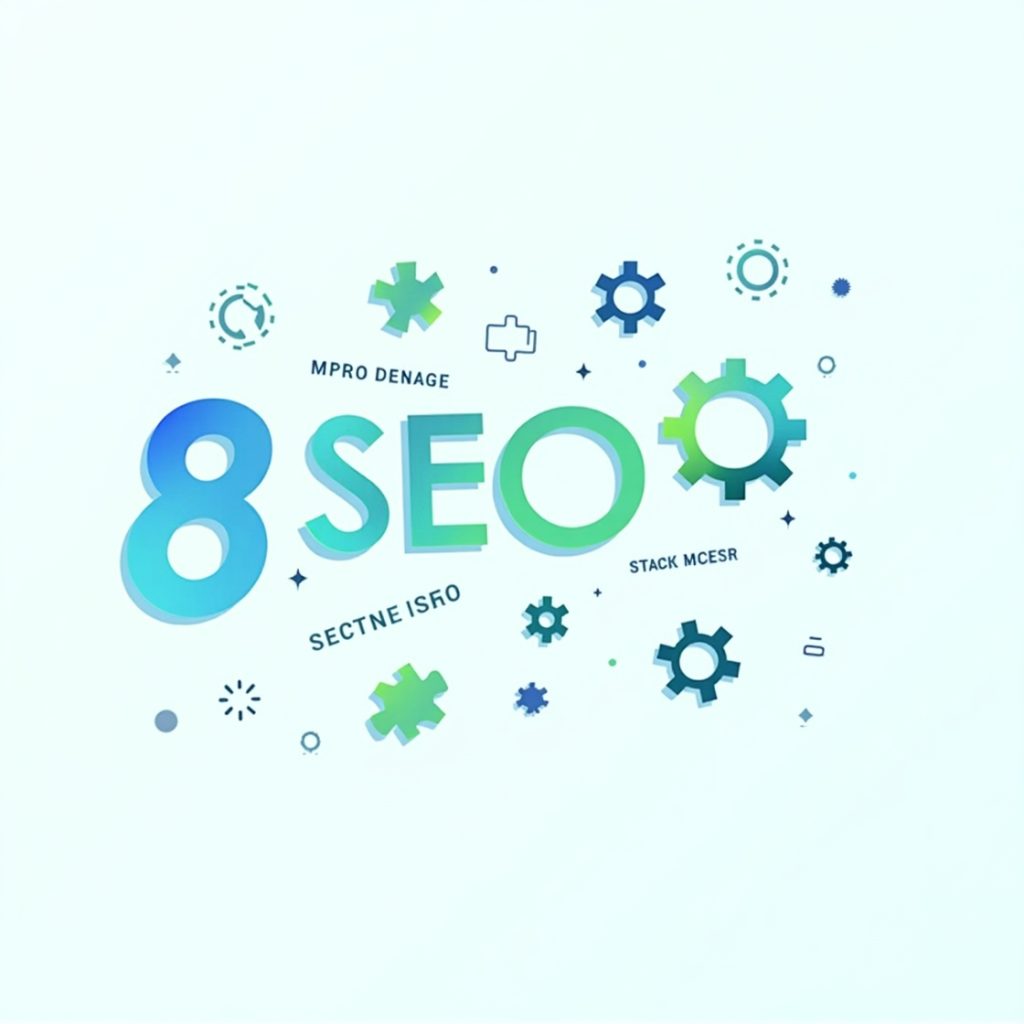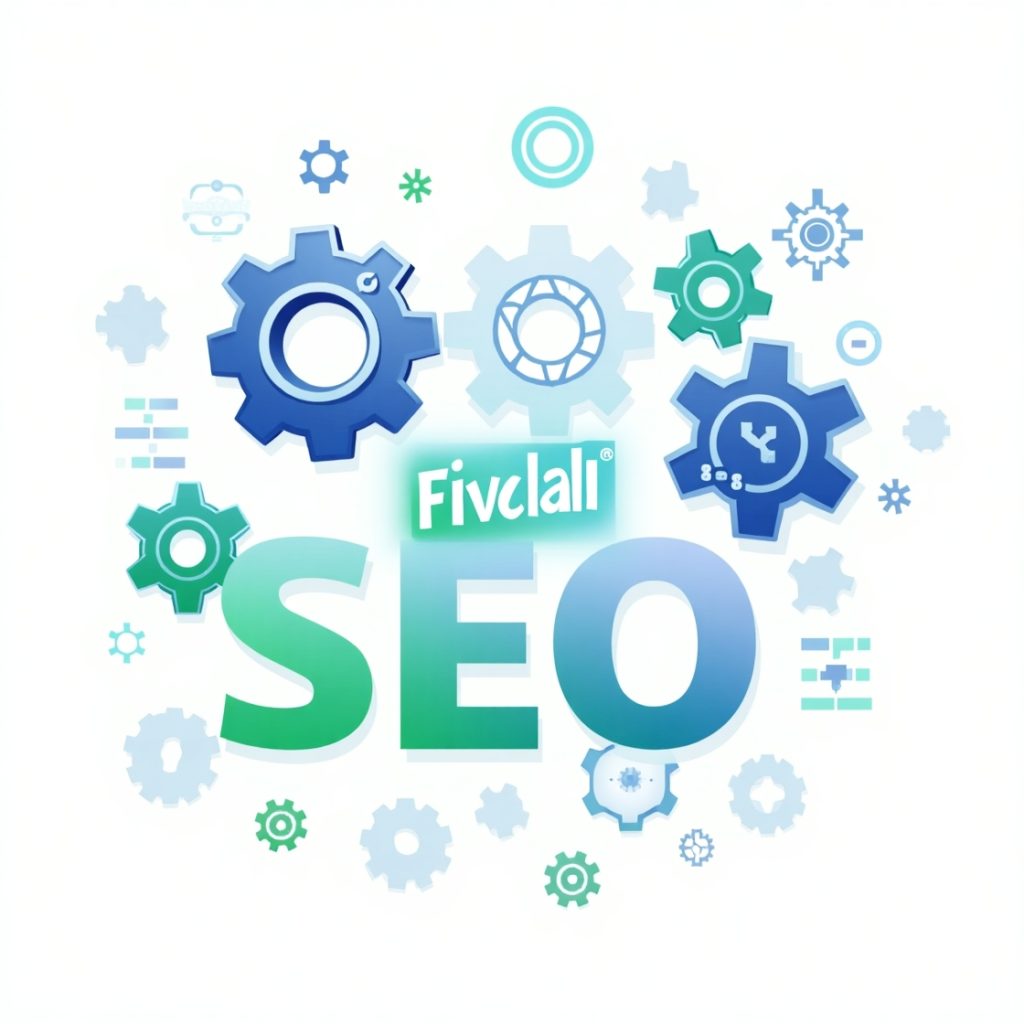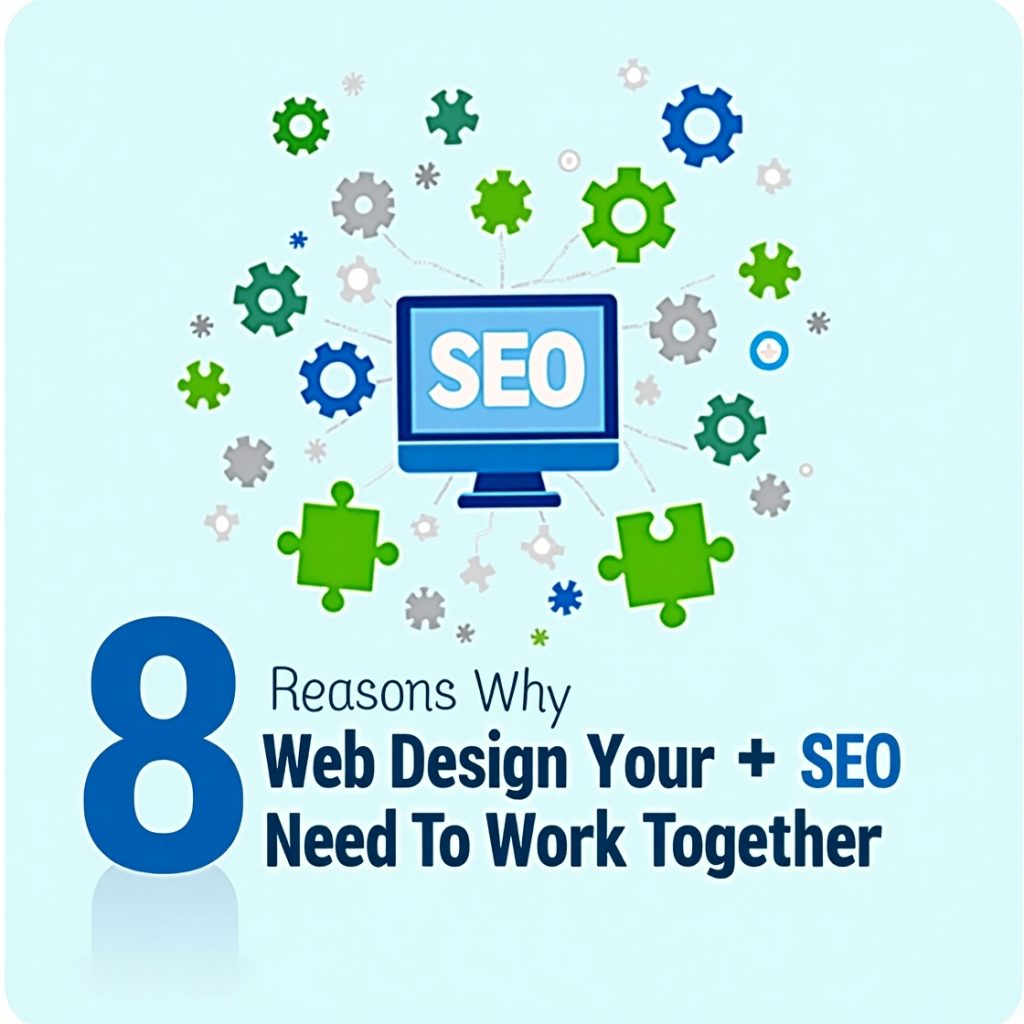
1. User Experience Depends on Both
When users walk through a web portal, they do not take pain in recognizing whether it features aesthetic design or an easy-to-use interface as they simply know whether the experience is smooth or frustrating. Hence, web design and SEO work hand in glove. A fine-looking site that takes an eternity to load or has navigation that makes no sense at all would become a nuisance for traffic, lowering both ranking and conversion. Conversely, a search-friendly site with awful visual design immediately sends users bouncing-the very exit that knocks your SEO back.
Google observes the interaction that users have with a website, such as whether they bounced quickly, how long the session lasted, and the click-through rates. These everything is the realm of user experience (UX). If your design is hurting the ability of users to find what they are looking for, the search engines will likely consider your site not to be relevant or helpful, even if you have hit all the right keywords.
So, look and feel, along with the flow, are quite essential for your website. Beautiful design leads users in a particular direction, while SEO makes sure those very users find you. They are like the two sides of the same coin, not working very well without the other.
How Navigation Impacts SEO and Experience
Navigation is a place where design and SEO either go to war or come together. Clear menus, intuitive layout, and mobile responsiveness all help make your site understandable to both users and search engines. A well-structured navigation increases crawlability for bots, enabling them to discover and index everything in your content. And for users, easy access to pages keeps them on your site longer, supporting deeper interaction. Poor navigation, on the other hand, leads to confusion—and high bounce rates. That’s not good for SEO and not good for your business.
2. Page Speed is Both a Design and SEO Factor
Undoubtedly, speed is vital. In a way, speed is the first impression your site gives. A slow-loading page is not only annoying to visitors; it sends a signal to search engines that your site may not be providing a good user experience almost by definition. This is why loading times must be among the prime considerations of web designers and SEO experts from the very beginning of a project.
The designers may want high-resolution images and background animations that can slow down the speed of the site. The SEO professionals know that page speed is a ranking factor. The two will find some common ground-compressing files, lazy-loading images, using CSS instead of JavaScript where possible, and so on.
The moment your website begins taking longer than three seconds to load, a decent chunk of users exits. And every time a user bounces, Google gets the message that maybe your content is not worth sticking around for. Therefore, it’s essential that visual design and speed optimization find a balance in a successful site.
Tools and Strategies to Improve Speed
There are a lot of tactics that web designers and SEOs can apply together to improve their performances. First, it is possible to use services such as the Google PageSpeed Insights or GTmetrix tools in order to find out what exactly slows down a page. Compression of images by the use of tools like TinyPNG, minimization of HTTP requests and activation of browser caching can all be very effective strategies. Developers may also consider using content delivery networks (CDNs) like Cloudflare to ensure that assets on the site load from the nearest server to the user. Through this, both parties can benefit- speed and aesthetics.
3. Mobile Design Affects Visibility

Nowadays, having a mobile-first design is not just a trend; it is a necessity for SEO. Google’s indexing is mobile-first. This means that it crawls and ranks pages based on how they appear in the mobile version of your content. Therefore, a website may not rank well at all, regardless of how well-designed the desktop version is, if it does not have a mobile version.
Designers should have responsive layouts where content adapts seamlessly to all screen sizes, while SEOs will consider making it crawlable and structured on devices. It’s not merely about shrinking, but a complete rethink of layout, text sizes, button spacing, and content flow for small screens.
A mobile-friendly design has readability and navigability; this increases time spent on the site and lowers bounce rates-both of which are important signals for SEO. In making mobile design a collective priority, you make sure that, on both counts, your site meets what is expected in these modern User/Google standards.
Responsive Design and Search Rankings
Responsive design means a lot of things. The scaling of an interface is only one aspect of it. There are flexible grid systems and CSS media queries, followed by a mobile-first mindset. With this approach, no matter if someone is using a tablet, a smartphone, or even a smartwatch, they get a consistent experience. Google recognizes sites that work well on mobile from an SEO standpoint. If your desktop site is superb but a mess on mobiles, your rankings could take a hit. Hence, design and SEO need to work hand-in-hand from day one.
4. Content Structure Relies on Both Disciplines
The content is the king, but it is easy to find and easy to consume. The design of your content-alignment, formatting, and style-is critical to user experience and therefore SEO. The look of the content depends on the designers while the action of SEO is to optimize the content for best results.
Headers and bullet points, the density of internal links, and even blank spaces matter for readability. While SEOs intend for content to be well laid out with headings that allow keyword placement for possible featured snippets, designers would like that content to be friendly and warm, thus giving existence to the brand voice through tone.
It is when collaboration becomes the bridge between the teams that we get the best of both worlds-conducting the content to SEO and still an awesome reader experience. This retains user engagement while keeping Google happy.
Formatting That Serves Both Humans and Bots
Content becomes scannable, readable, and site readable when beautifully formatted. The suitable fonts, spaces, and graphics designed help the reader to turn without feeling crowded. Structured data and proper heading tags-H1, H2-H3-as well as meta descriptions are a necessity as far as SEO is concerned to make sure that a search engine understands your page. All these together will boost usability and visibility. Aesthetics and logic combine to work at their optimum advantage for your site.
5. SEO Needs Clean, Crawlable Code
That code fancies the hidden angles that search engines read, not the humans, and so it makes neat coding useful at some point. Still, the messy code created by excessive scripts and extra aesthetics often disappoints SEO efforts, as fine designers rarely adopt a green coding program.
Possessing a clean URL, proper structure, and semantic HTML are essential parts of making a page that crawlers will understand and yield. JavaScript breakdowns, animations, or Flash, however, can obscure those perceptions. What SEOs need to do is build bridges and thus provide quite dazzling views from great designs above the technical allowances from search engines.
SEO boost, as well as speed and accessibility-enhancing clean code, is a bonus for both the users and the algorithms.
Why Semantic HTML Matters for SEO
Semantic HTML means to use tags that convey meaning, such as <article>, <section>, <nav>, and <header>. These tags help search engines interpret the hierarchy and purpose of your content. For example, an <h1> for the title and an <h2> for the subtitle indicate to crawlers the topical structure of your page. This helps with indexing and relevance in search results. Designers and developers who understand this will share the knowledge with SEOs to assist in a more intelligent structuring of the content.
6. Brand Credibility Is Built With Consistency

From the moment a user sets foot on your website, the user becomes aware of that impression on the brand: a professional look and feels secure trust, while a cheap design send counter impressions. SEO invites visitors to your site, but design persuades them to stay, navigate, and convert. Therefore, brand consistency would require a fine balancing act between design elements and SEO strategies.
Designers control visual elements, such as color, typography, and layout, while SEOs ensure the messaging, tone, and structure of the site match search intent. Any kind of disconnect would create confusion. Consider a scenario in which your search result held out promises of expert advice while the landing page threw a very amateurish or cluttered feel; trust would definitely come out bruised.
Consistency across pages—visually and contextually—is what puts people at ease. And that kind of comfort means users dwell longer on the site, come back, and eventually convert. Search engines love that behavior!
Aligning Visual Identity with SEO Messaging
These elements should actually become a whole because the tone and message of a brand are to be matched with visuals. Obviously, there will be a huge gap, if a good SEO strategy targets high-end clients, whereas the whole online experience looks like a DIY project. Similarly, ranking for terms like “inexpensive web services” when the design is all glam might mislead a few users. The reason is that design should set off the story which your SEO keywords are telling. Building such a synergy creates credibility and thus motivates users to trust your brand enough to stay or spend. The SEO invites them to the door; the design persuades them to enter.
7. Conversion Rates Improve When Design and SEO Collaborate
Traffic can be an essential aspect, but not the end of it; users expect something once they land on your website. Here is where the perfect design with its SEO shall fit best. A fast, attractive, and easy-on-the-eye-navigating website then sets the stage for converting visitors into leads or customers.
SEO brings the traffic according to the user intent: the way; for instance, if the call-to-action buttons are hidden, forms fuzzy, and pages look too messed up, the user will bounce away right before taking action. Designers, however, solve this with the construction of fluent user-oriented workflows, mostly prioritize user needs, and capture important actions. In contrast, SEOs can track behavior and measure drop-offs and optimized content placement.
Such cross-functional approaches would create a scenario where no page would exist that is not built for conversion; once it is optimized to rank, it would also be built for conversion.